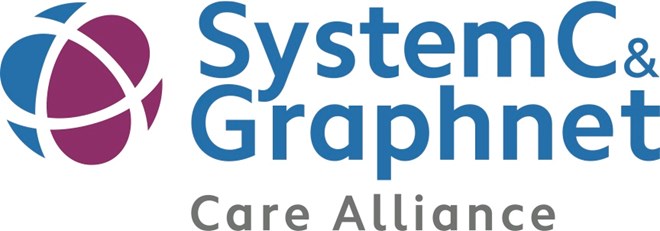Jonathan Bloor lists the core tenets that leaders should remember as they work towards implementing digital technologies to deliver the long-term plan
Digital technologies can, and do, save lives and improve efficiency.
In association with

Conversely, they can, and sometimes do, cause harm – both in terms of patient safety and organisational performance; the “productivity paradox” is a well-known phenomenon highlighted in the Wachter review of healthcare digitisation.
This is worth bearing in mind as the country sets off, again, on a programme of significant technology investment – this time to deliver the NHS long-term plan.
There is an inevitability to this new route march. Simon Eccles, the NHS national chief clinical information officer, is absolutely right when he says that “health is the last industry to standardise and digitise”.
The randomised control trial remains the gold standard for providing clinical evidence and this sort of rigorous methodology must apply to digital interventions where it is appropriate
But we must ensure what we are doing is trusted, safe, effective and value for money – and never lose sight of the fact that the aim of digitisation is to improve the care we provide.
All clinical and executive leaders have a role to play here.
This is all understood in the Topol review on delivering the digital future, in the core responsibilities of the secretary of state’s new NHSX joint unit and in the objectives of National Institute of Health and Care Excellence’s HealthTech Connect initiative, which has been set up to support the adoption of technologies with measurable benefits.
But there are some important core tenets that we should all keep in mind:
-
There is unwarranted variation in the adoption of longstanding evidence-based technologies like e-observations and e-prescribing. Many trusts have been far too slow to react. We must address this as a priority.
-
It is not always what you do that makes a difference, but rather how you do it. Writing observations on the back of a glove or a paper towel and transcribing them into a computer in the office is not the same thing as e-observations taken at the point of care, with inbuilt workflow to improve the reliability of observations-taking and escalations. The former is not evidence-based e-observations.
-
The randomised control trial remains the gold standard for providing clinical evidence and this sort of rigorous methodology must apply to digital interventions where it is appropriate. Like other healthcare research, this is time and resource intensive and needs close collaboration and support from NHS organisations and universities.
-
We should not inadvertently set a higher bar where digital technology is involved. We currently have many processes, often on paper, that are unsafe and have no evidence base. Yet when it comes to introducing new technology, there can be a tendency to over-complicate or to pursue the perfect, with the risk of delaying the sort of basic digital investments capable of delivering safety and efficiency improvements. We must apply common sense.
-
Digital technology has been used in the NHS for a long time. Primary care was digitally mature 15 years ago. An acute trust cannot function without a Patient Administration System or PACS. There are already many standards and processes that suppliers of digital healthcare technology need to comply with – including ISO27001, DCB0129, NHS Digital Data Security & Protection Toolkit, MHRA Medical Devices Regulation. We should build on these successes and ensure that standards and processes are used and adhered to.
-
There is a fine balance to be struck between allowing rapid digital innovation in healthcare while at the same time ensuring it is safe and effective, but this is possible. Products and processes in healthcare might require more regulation, but once a technology has proven itself, others should be able to fast-track adoption, using shared experience and “blueprinting” to avoid needless repetition of processes.
Of course, the NHS does “get” the point of digital technology, but trusts and commissioners have a responsibility to ensure they are engaging more actively – both adopting digital technology and working in partnership with technology developers.
It goes beyond a readiness to embrace new evidence-based technologies or to evaluate value for money.
NHS organisations must work actively to gather evidence, to measure benefits, and to ensure that where standards and processes are in place, they are adhered to.
None of this is easy, but the point is that if you get this right, you can meet the quadruple aim of improving the experience of patients and clinicians, at the same time as improving outcomes and reducing costs.
For more information on System C’s approach to digital health click here.































